
Explore the
future of
Innovation
beyond walls.
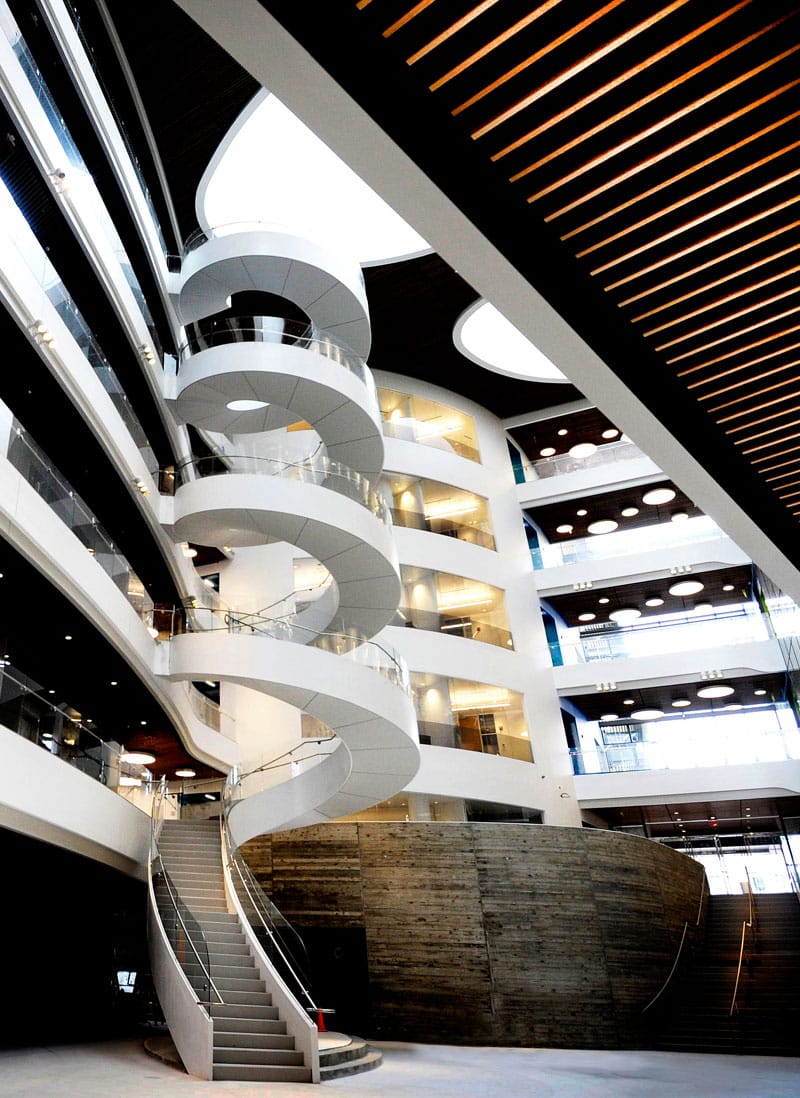
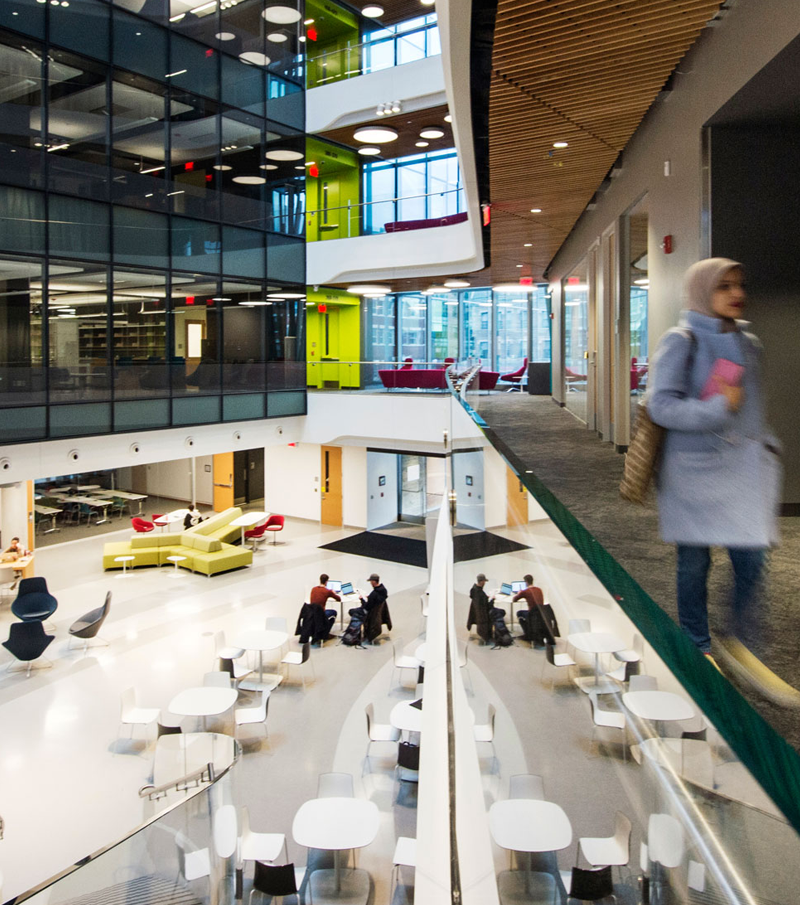
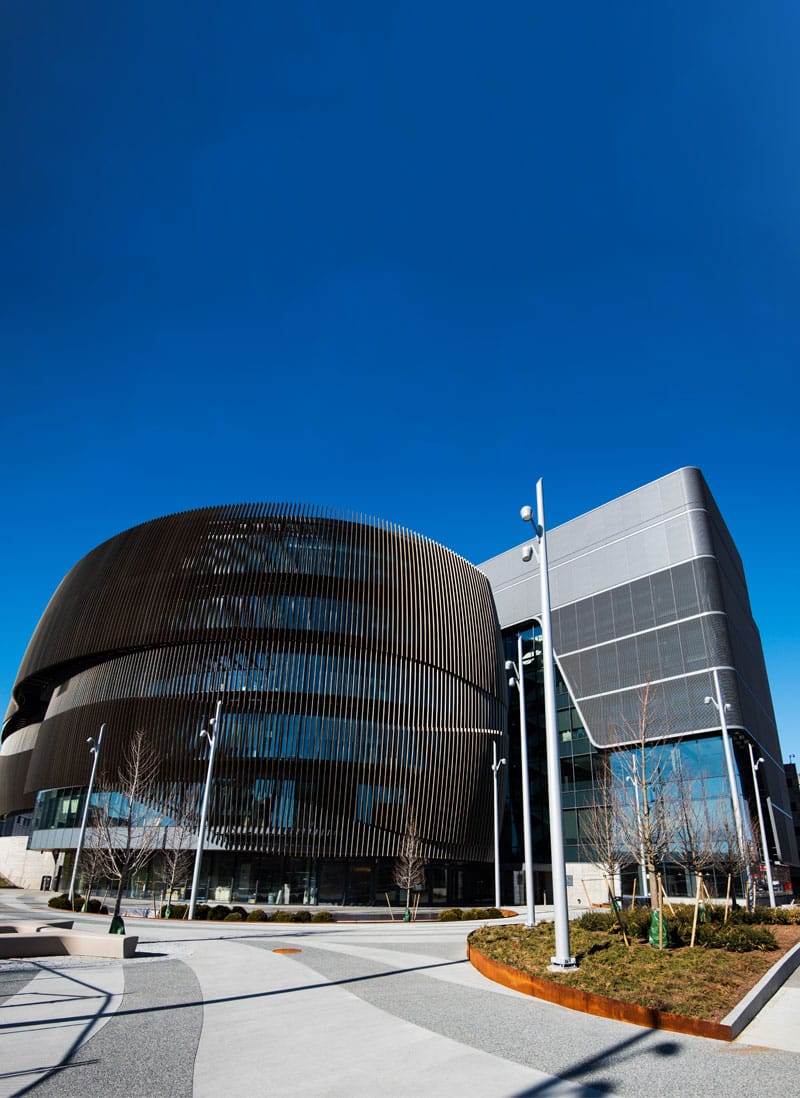
Please rotate your device




Hear about our interdisciplinary approach from our faculty.
As a top-tier national research university, we are relentless in our drive toward use-inspired discoveries, designed for impact.
The Interdisciplinary Science and Engineering Complex unites scientists and engineers under one roof, complementing cross-disciplinary initiatives and creative partnerships across this university and beyond.
Discover more about our priority initiatives
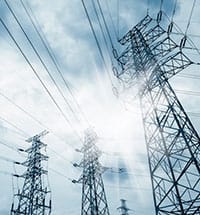

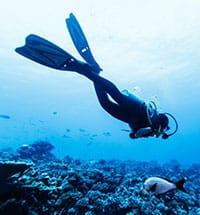
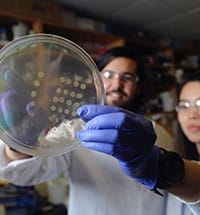
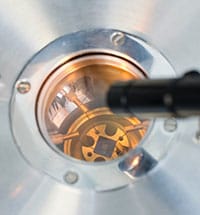
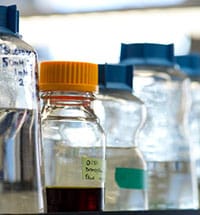
explore the building
How do our lifestyle choices—exercise, nutrition, intellectual stimulation, and social interaction—affect brain development and function? To find out, engineers, chemists, biologists, and physicists collaborate closely with exercise physiologists and other medical specialists. Using virtual reality, computer modeling, and neuroimaging technologies, including fMRI, researchers design new ways to measure performance from youth to old age.
As network applications grow more sophisticated—and customize information to our needs, make our homes smarter, and guide self-driving cars—they usher in threats of hacking, information leaks, data theft, and loss of privacy. Cybersecurity and Privacy Institute researchers design techniques to safeguard data and strengthen critical wireless and cloud-network infrastructure against attack.
This research group develops robots and assistive devices to empower people. Some machines assist the elderly, improve health care, or ensure public safety. Others are bound for harsh environments, including the deep ocean. In partnership with NASA, researchers are programming a 6’2” humanoid, Valkyrie, to explore Mars as soon as 2030, ahead of humans’ arrival.
How do our lifestyle choices—exercise, nutrition, intellectual stimulation, and social interaction—affect brain development and function? To find out, engineers, chemists, biologists, and physicists collaborate closely with exercise physiologists and other medical specialists. Using virtual reality, computer modeling, and neuroimaging technologies, including fMRI, researchers design new ways to measure performance from youth to old age.
Engineers and biologists in this research cluster aim to make drug testing faster and more reliable with cell culture systems that mimic living tissue. They study the impact of mechanical forces on cells at the molecular level, work that has important implications for injury prevention and rehabilitation. And by exploring how tissues transmit and diffuse light, they pioneer cutting-edge technologies to image and treat disease.
Picture using light to monitor cancer’s spread, image tumors, and take biopsies without breaking the skin. This research cluster harnesses visible and near-infrared light rays to examine disease. To develop new optical technologies, engineers, physicists, and chemists collaborate with biologists and pharmaceutical scientists at Northeastern and medical experts at Boston’s world-class research hospitals.
Planning is under way for laboratories designed for developing complex compounds useful for drug discovery.
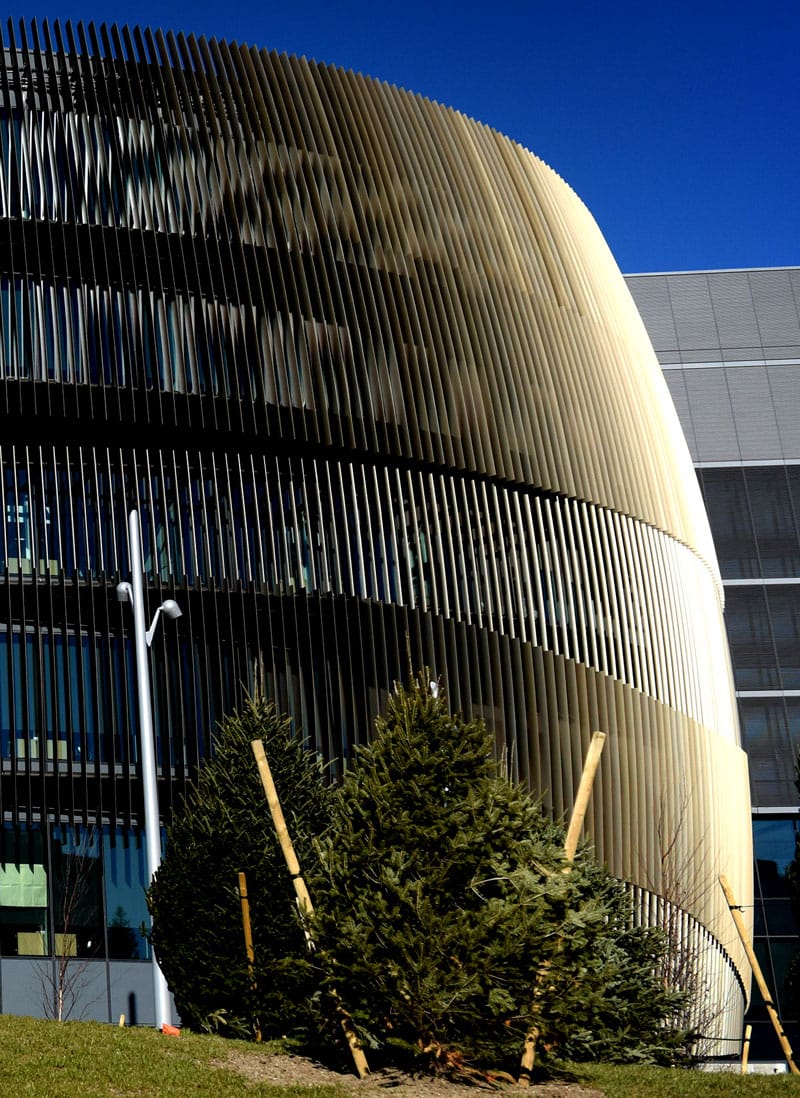
At Northeastern, partnerships drive progress. Our Interdisciplinary Science and Engineering Complex brings together industry leaders, federal agencies, and scholars from Boston to Beijing to help shape the future. And it’s a beacon and resource for our community youth who dream of becoming the next generation of scientists.
For more information about Northeastern, visit northeastern.edu.
To inquire about faculty positions, visit:
To learn about our STEM education programs for local youth, contact:
To reserve space in ISEC, please visit: ISEC Event Planning